The name biomimetics was coined by Otto Schmitt. The term bionics was coined by Jack E. Steele in while working at the Aeronautics Division House at Wright-Patterson Air Force Base in Dayton, Ohio.
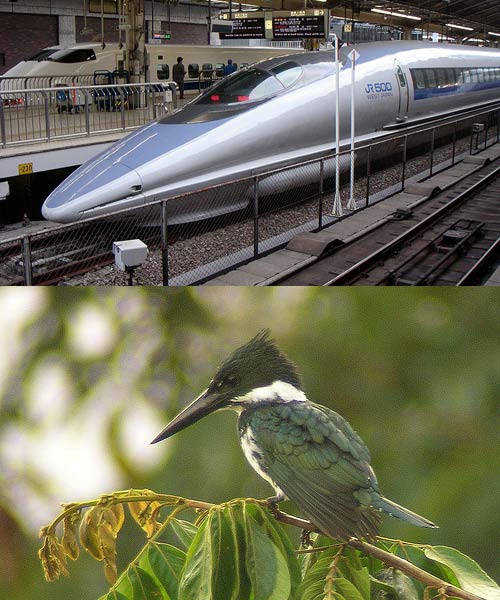 The goal was to cut out the extremely loud claps that occurred when Japan’s bullet train emerged from tunnels. Engineers looked toward the kingfisher, which dives seamlessly into water. A nosecone designed after the bird’s beak solved the issue.
The goal was to cut out the extremely loud claps that occurred when Japan’s bullet train emerged from tunnels. Engineers looked toward the kingfisher, which dives seamlessly into water. A nosecone designed after the bird’s beak solved the issue.
You might also like
| Biomimetics (Biomimicry) Biomimetics (also known as biomimicry,... | Characterization of Materials Characterization, when used in materials... | Dysprosium Dysprosium Dysprosium is a chemical element... | Nano Coatings The nano coatings, "liquid solids"... |
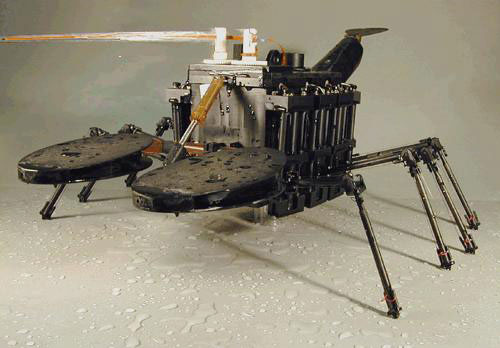

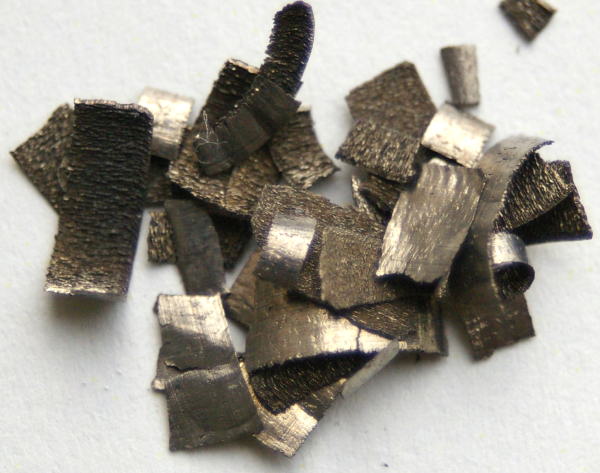

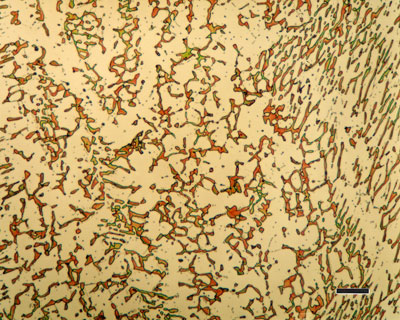
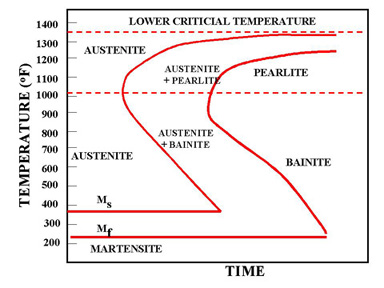
 Alloy Suppliers
Alloy Suppliers
 Aluminum
Aluminum
 Aluminum Extrusions
Aluminum Extrusions
 Copper-Brass-Bronze
Copper-Brass-Bronze
 Nickel
Nickel
 Magnets
Magnets
 Stainless Steel
Stainless Steel
 Stainless Steel Tubing
Stainless Steel Tubing
 Steel Service Centers
Steel Service Centers
 Titanium
Titanium
 Tungsten
Tungsten
 Wire Rope
Wire Rope